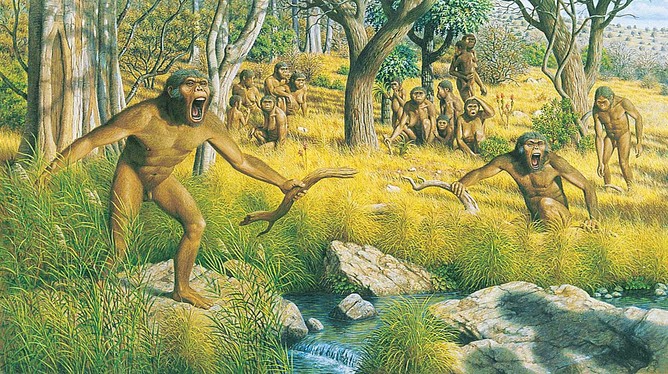2015 has already been an amazing year for human evolution science.
We’ve witnessed an uncanny convergence of discoveries on the beginnings of the human genus, Homo, and all that it implies for understanding the evolution of a range of human characteristics, including culture and tool making.
Yet, the implications of this research run much deeper than most people would immediately think. Let me explain.
50 years of dogma
This year’s major discoveries touch on a number of major historical themes in human origins research, spanning decades of investigation. The implications are broad, involving one of the key theoretical pillars of human origins that explains, among other things:
-
The arrival of fully committed terrestrial locomotion (or obligate bipedalism),
-
Enlargement and reorganization of the brain,
-
Speech and language,
-
Beginnings of human like culture and complex tool manufacturing,
-
A hunting and gathering lifestyle,
-
Endurance running linked perhaps to the “persistence hunt”,
-
Regular consumption of meat, and
-
Use of fire and cooking.
Many elements of this ‘package’ of anatomical and behavioural traits probably began with the emergence of Homo around 2.3 million years ago. Actually, the discovery of a new Homo jaw from Ethiopia dated 2.8 million years old, which I wrote about in March, pushes this back a further half million years.
If we’re honest, I guess, we should have expected the deconstruction of this central pillar of human evolution theory any time now, as there have been hints it was coming for quite a while.
2015 just happens to be the year when momentum has reached a point, through serendipitous discoveries, where its time to reassess the old model and forge ahead with a new one.



